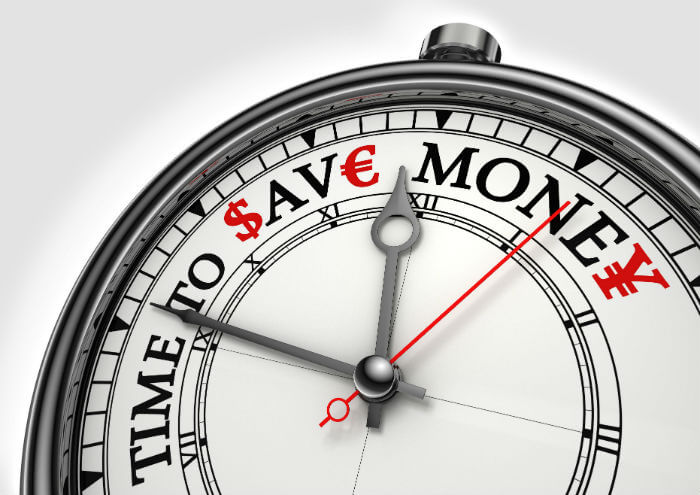There seems to be a common misconception that improving your organization’s Customer Experience will cost more money. In my experience this is not the case, in fact the opposite. Improving your Customer Experience saves money. Let me give you some examples.
Many regular followers will know a Customer Experience is not just about rational aspects such as price, place and promotion but there is also an emotional and subconscious experience. Our subconscious drives a great deal of human behaviour – it’s very important to understand how it works and its effect on your Customer Experience. This video of an Insurance client shows a classic example of how a subconscious experience can drive huge costs into the business.
You will hear Darren Cornish, the former Head of Customer Experience at Aviva; explain how the use of one word caused 75% of customers to phone their call center to clarify when they would be receiving the policy documents. This equated to millions of phone calls into the call center at huge costs. We advised them to change one word when talking with the Customer. Within three weeks the call volumes reduced from 75% to 6%! This saved millions of calls and therefore time and money!
Another example is from a time I stayed in a hotel in London. On going for breakfast I was confronted by a long line to be seated. Being obsessed with Customer Experiences I was interested in why the hotel had designed the following experience. The person at the breakfast reception desk took your name as you entered, they checked their sheet to see if your breakfast was included in your room rate, and then led you to your table. They then walked back and repeated the process. All this took time and every morning produced a long line. As the week progressed many customer were disgruntled, they left and ate breakfast elsewhere, I heard them tell other guests to ‘not bother’ going for breakfast. Why did the hotel do this? They were worried some people may have a breakfast buffet and leave without paying. It was a false economy and in fact cost them money. I gave them some free advice, either get someone else to show the person to the table or as the waiter came to each table anyway to gather tea or coffee orders that person should collect the information they needed. On my next visit to the hotel I was pleased to see they had taken my advice, it had increased the number of people having breakfast, increased customer satisfaction and also they didn’t have to throw away as much food as they were before.
A further example is from another client. We were reviewing the calls coming into their call centre. I told them I had been very surprised that customers had a fundamental misconception as to what they had bought. This meant that the Customer Service agent had to spend an inordinate amount of time educating the Customer on what they have bought, at huge costs. It also meant many customers would decide to leave; therefore they had all the cost of the set up and now the cost of the customer leaving. The simple solution. Make sure the Customer knows what they are buying!
A good Customer Experience saves money, a poor Customer Experience costs money. Understanding the subconscious experience and building a business case for change are two key elements of any successful Customer Experience program and something we cover on our webinar based CEM certification training.
The message is simple: improving your Customer Experience can save significant costs.
| Colin Shaw is founder & CEO of Beyond Philosophy, one of the world’s first organizations devoted to customer experience. Colin is an international author of four best-selling books. Beyond Philosophy provide consulting, specialised research & training from offices in Atlanta, Georgia and London, England. Follow Colin Shaw on Twitter: @ColinShaw_CX |



